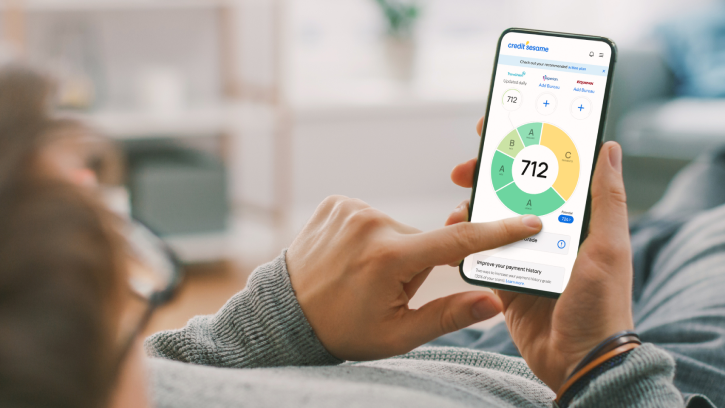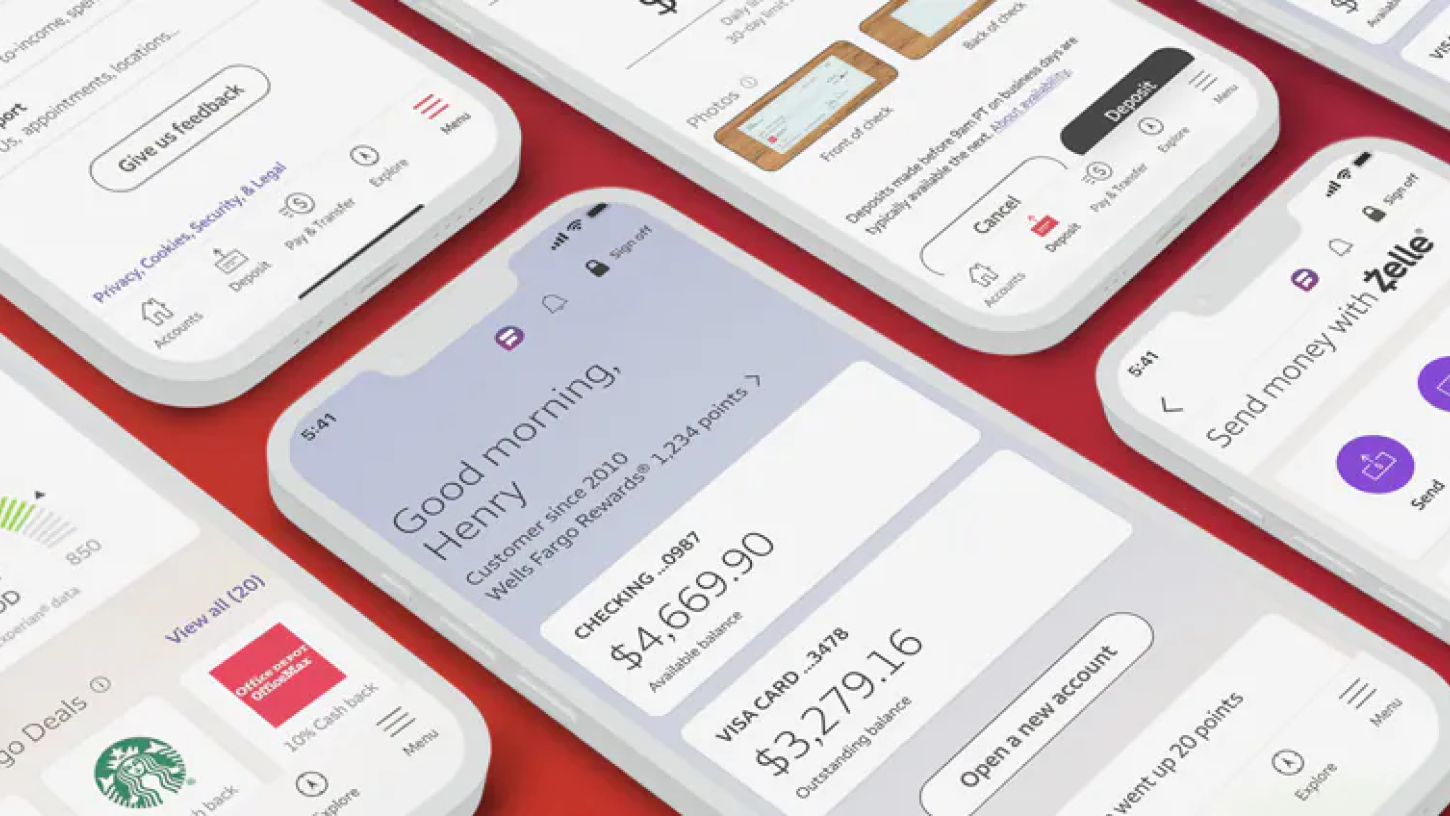Customers innovate with UserTesting
Discover how thousands of teams create exceptional experiences with the help of human insights
All Customer Stories
If your customers are always right, why not ask them?
Get fast feedback and real human insights—start now.













